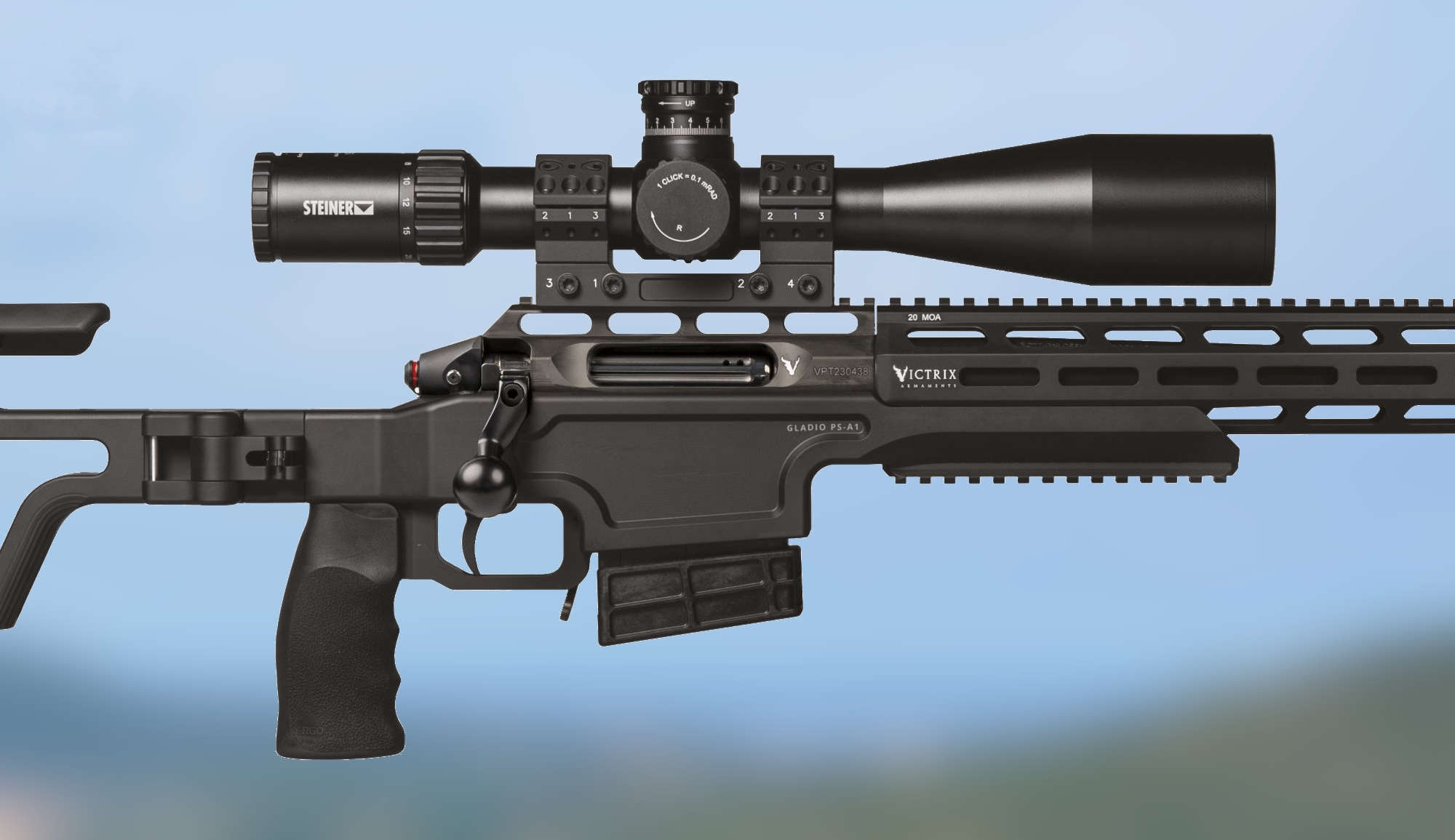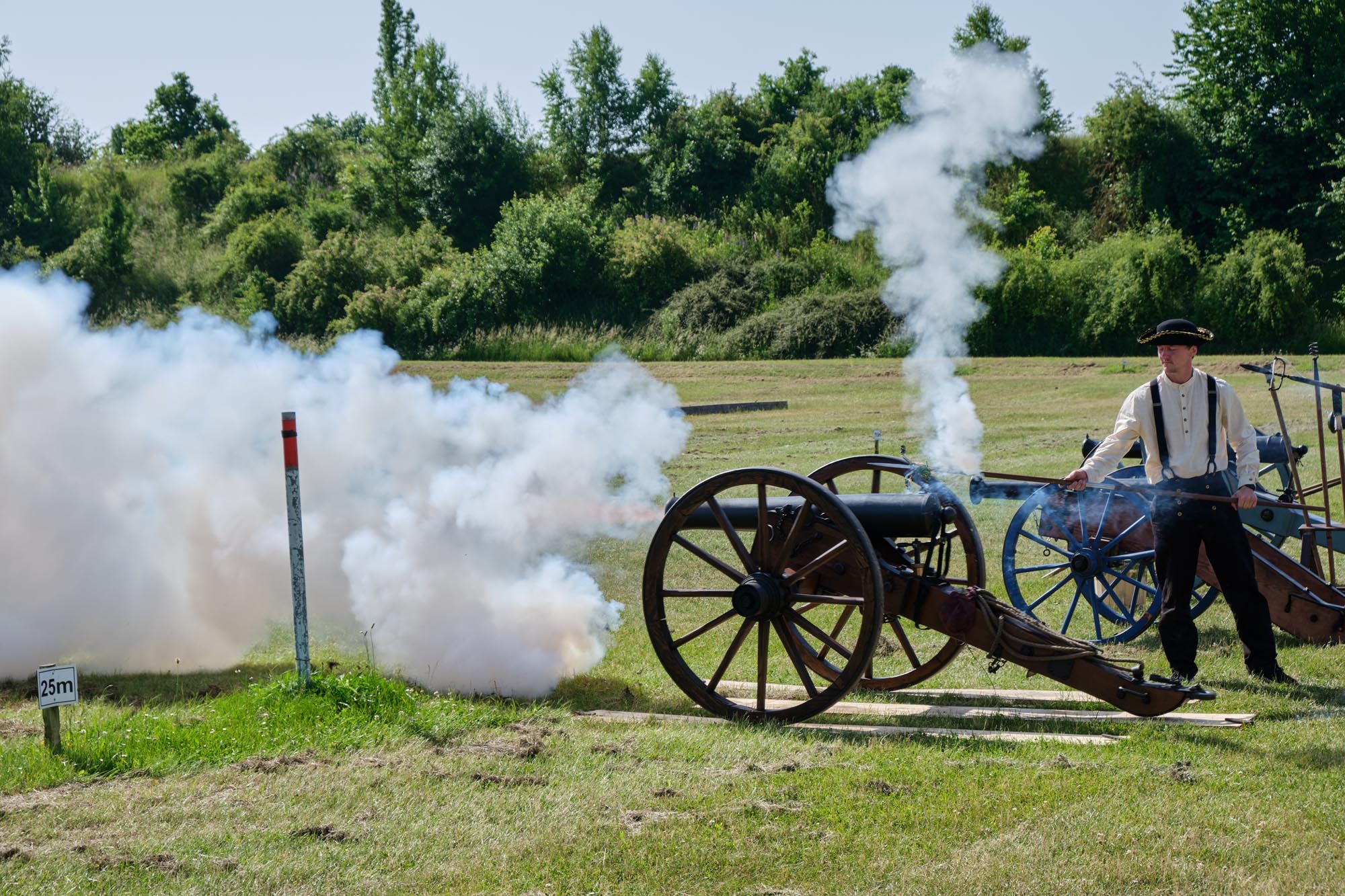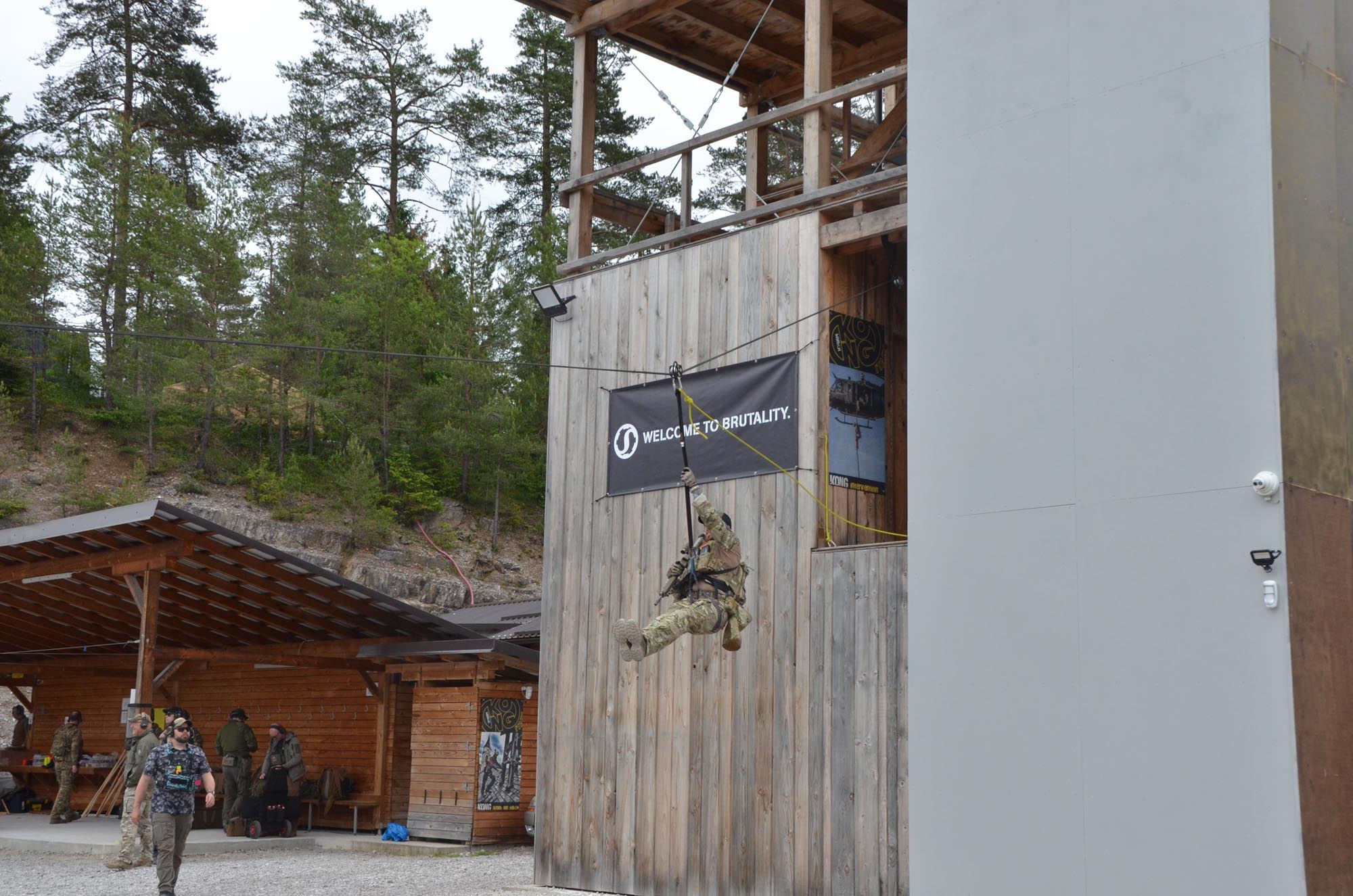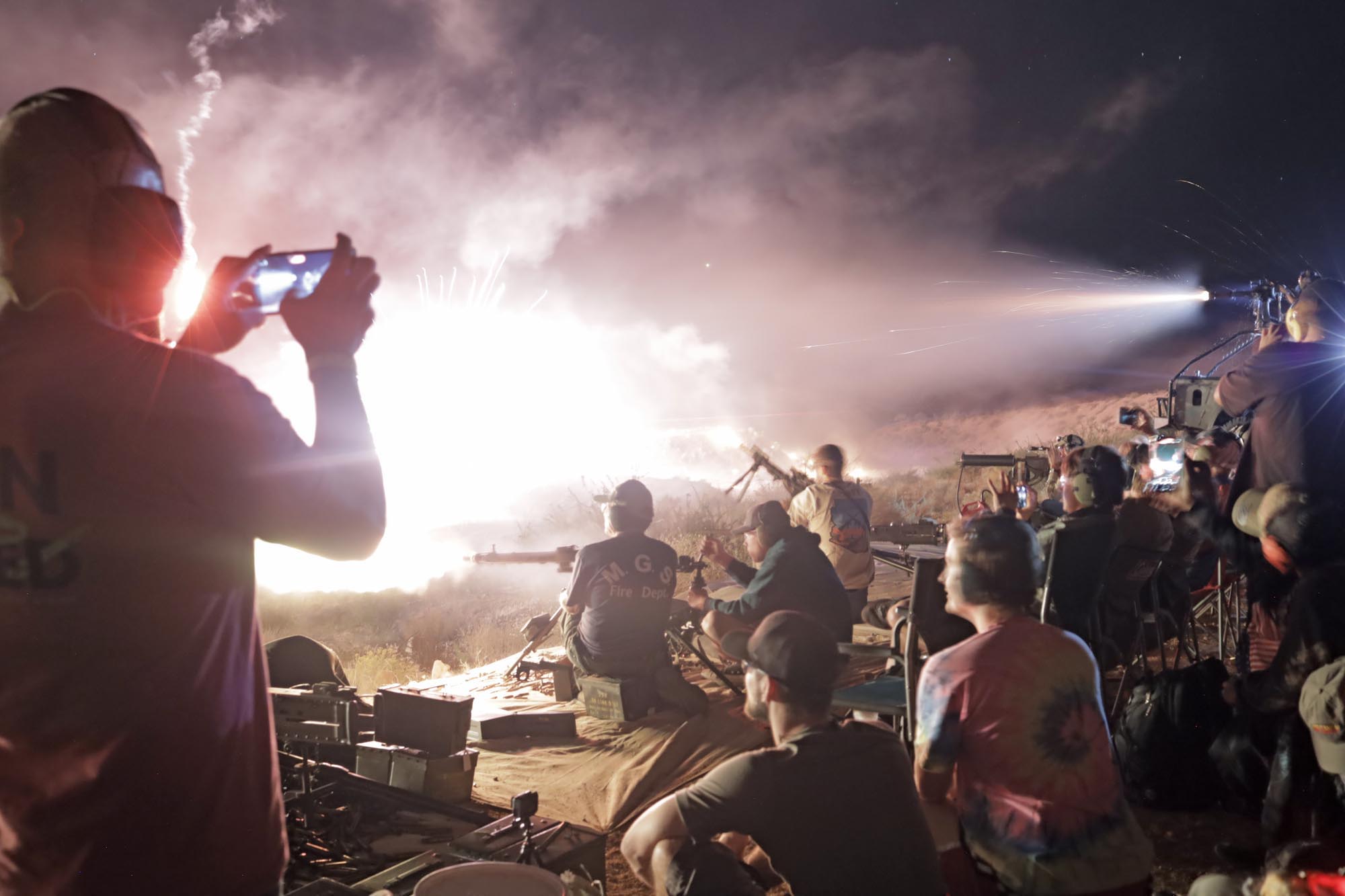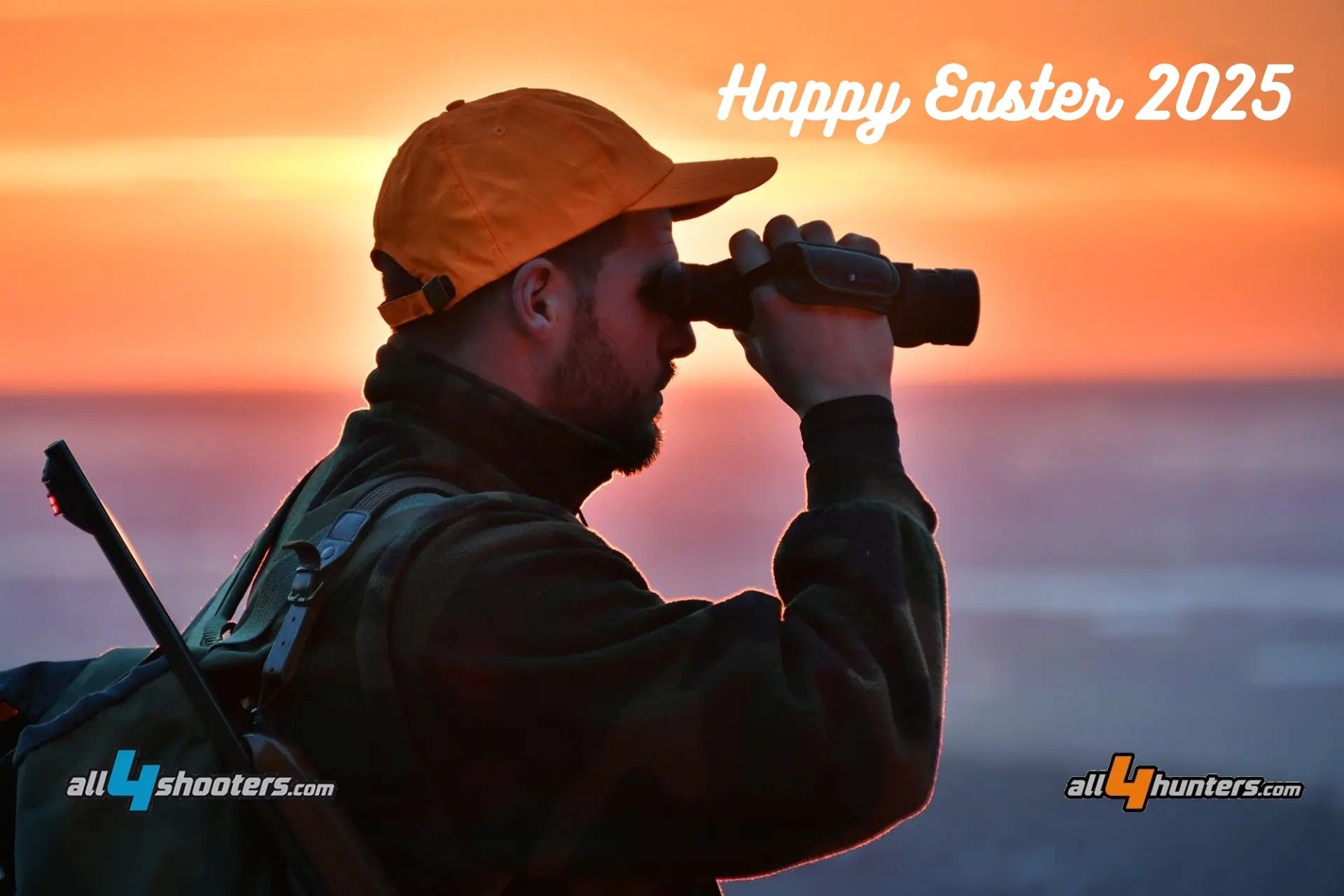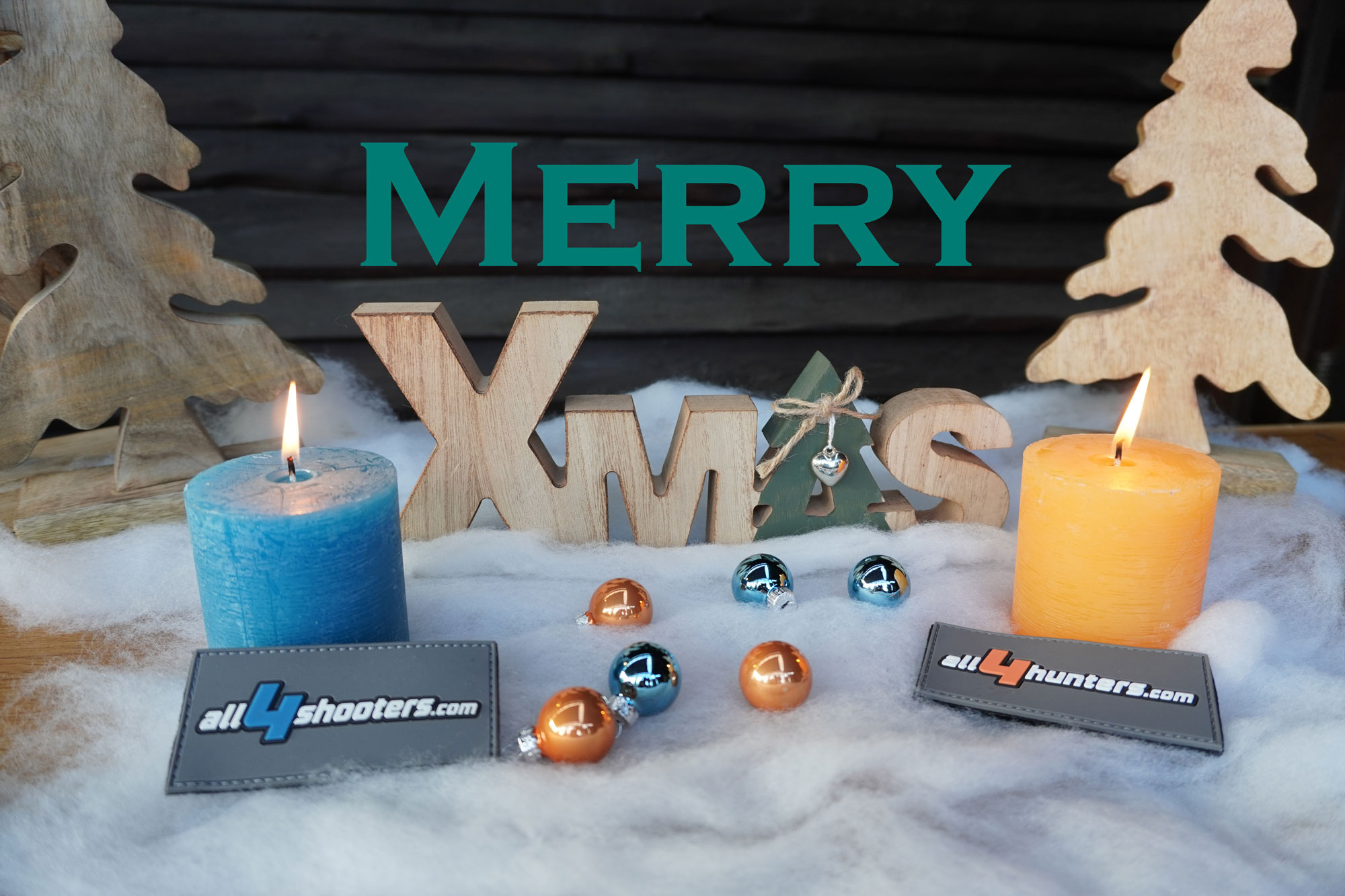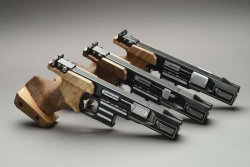
The 25 meter rapid fire pistol is the oldest event in the current Olympic shooting program. It can be said to date back, in fact, to 1896, although at that historic Olympic Games in Athens, at the Kallithea shooting range, the 25m event was called "pistol dueling"'. The Rapid Fire Pistol was included in the Olympic program in 1932, in Los Angeles: they fired .22 Long Rifle cartridges on 6 silhouettes, without scoring and just hitting the silhouettes with decreasing times. The format and rules for the "rapid fire" pistol event have since changed extensively, keeping the spirit unchanged, although it has gradually been "democratised" from being a speciality for "soloists".
In Berlin, in 1936, the .22 Short cartridge was introduced, which caught on until it was discontinued in 2003. The silhouettes were reduced to five, with a squared off human shape, complete with head, shoulders, body and legs. Feet were worth 1, while the heart, at the center, 10 cm wide and 15 cm high, was worth 10. The times became 8-6-4 seconds, as they are now, the ranking drawn on the basis of those who hit all 60 silhouettes. Then the target shape changed to concentric rings as it is today. For international competitions, electronic targets are used and it is the green light on the target that gives the "go" after the "ready"; when paper targets are used, they appear sideways and then turn at the "go", exposing themselves to the shooters.
The rapid fire pistol: five shots at a time
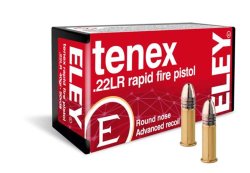
At the start, the athlete must have his arm in the "ready" position pointing downward at 45°. Five .22 LR rounds are loaded and fired at a time. The competition is divided into two stages of 30 shots. In each stage, two series of 5 shots are fired in sequence on 5 targets placed 75 cm apart and at a distance of 25 metres from the shooter. The 10 ring diameter is 100 mm.
The diameter of the 9 ring is 180 mm. The diameter of the target up to the 5 ring is 500 mm. The 5 shots form a series and are fired with different time limits: 4 series in 8 seconds, 4 series in 6, and 4 series in 4 seconds, and this for the duration of the entire qualifying competition.
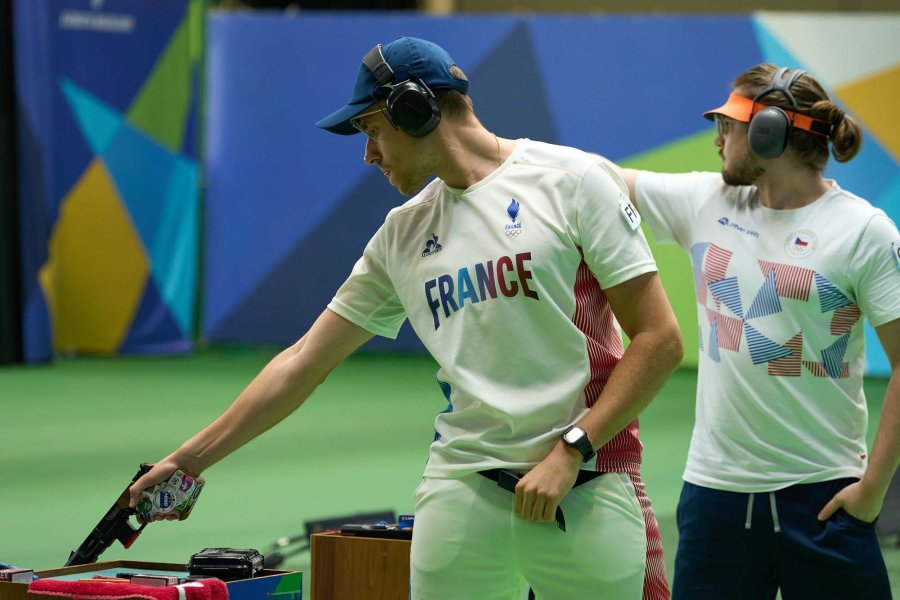
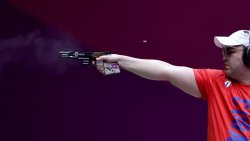
Shots are scored as integers, without decimals. The first six shooters of the qualifying round enter the final and must fire four series of five shots, each in 4 seconds: what's important is hitting the valid target area to get the point with the "hit/miss" formula. Then the first finalist, ranked sixth, is eliminated; one more series to determine fifth place, and so on until the two-man final: the title is then decided by 8 series in total, plus possible shoot-offs.
The pistol must have a maximum weight of 1,400 g and a minimum trigger pull weight of 1,000 g. It must be capable of fitting into a box of 300x150x50 mm, with a tolerance of 1.0 mm in each direction. The pistol grip has various restrictions on shape and dimensions and must not touch any part of the wrist. Only "open" and non-optical sights are permitted.
Women also shoot at 25 meters
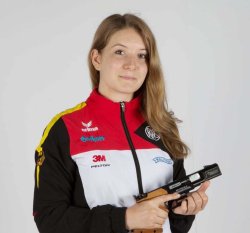
Women have also been shooting the 25-meter pistol since the 1960s. The women's 25-meter pistol speciality entered the Olympic program again in Los Angeles, but in 1984. It is also practised by both male and female junior shooters.
The characteristics of the pistol are the same as the rapid fire pistol. The female shooters shoot at a target, placed at 25 m, in 2 stages of 30 shots each divided into 6 five-shot series. In the first "Precision Stage" they have 5 minutes for each series of 5 shots. In the Rapid Fire Stage green lights are turned on for 3 seconds per shot, while the red lights between consecutive greens last for 7 seconds. The sum of the 30 precision shots and the 30 rapid-fire shots gives the qualifying score. The top eight shooters in the competition advance to the final, which involves 10 five-rapid-fire-shot series to determine the winner. After the first four rounds, the competitor with the lowest score is eliminated in each round and is then ranked in order.
The diameter of the 10 ring is 50 mm (smaller than a tennis ball). The diameter of the 9ring is 100 mm, that of the 8 is 150 mm. The diameter of the target is 500 mm (the same target used in the Free Pistol matches). The 30 shots of the Rapid Fire Stage, i.e. 6 five-shot series, are fired using the same target as in the rapid fire pistol, all black up to the 5 ring.
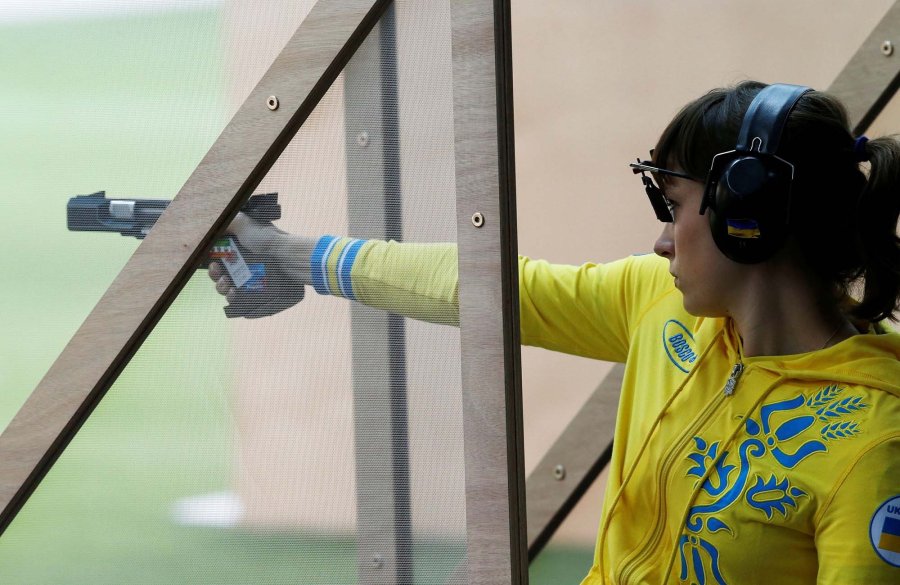
The protagonists of the Paris 2024 Olympic Games
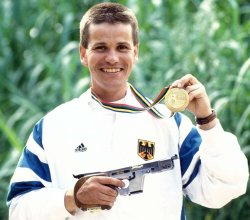
The first Olympic rapid fire pistol champion was the Italian Renzo Morigi; the last, in Tokyo 2021, the Frenchman Jean Quiquampoix. Hungary's Károly Takács won in London (1948) and Helsinki (1952), while Germany's Ralf Schumann was the real ruler of the 1990s and 2000s, winning at the Barcelona (1992), Atlanta (1996) and Athens (2004) summer games, as well as several world and continental titles. The world record for the qualification round is co-held by Germany's Christian Reitz and Korea's Kim Jun-hong, at 593; the Korean also holds the record for the final, with 38. Reitz and Quiquampoix themselves, the latter gaining his Olympic spot a few days ago, are candidates to medals in Paris, along with Cuba's Leuris Pupo, who won in London 2012 and came second in Tokyo. Between now and Paris there are still four spots available and the world ranking will still count: the ranking currently sees Kazakh Nikita Chiryukin in the lead, followed by Korea's Song Jong-ho and India's Vijayveer Sidhu, all three already qualified for Paris 2024. Thanks to the ranking, Italy's Massimo Spinella currently has a chance of getting the spot and performing well at the Olympics. A few air pistol qualified male and female shooters may also have a chance to compete in the rimfire pistol events.c
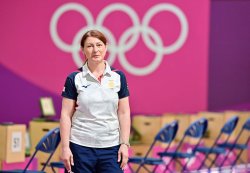
Among the women, the first Olympian was Canadian Linda Thom, while Vitalina Batsarashkina won in Tokyo in 2021. To mention the great female specialists, in Seoul in 1988 it was the turn of the Georgian – then under the Soviet Union flag – Nino Salukvadze, who also qualified for the tenth time in Paris, while Russia's Marina Logvinenko won in Barcelona 1992. Bulgaria's Mariya Grozdeva put a gold medal around her neck at Sydney 2000 and Athens 2004. The 25-meter Pistol qualifying record, 595, is held by India's Rhythm Sangwan; the finals record is held by Korea's Jiin Yang (41).
In Paris safe protagonists will be Hungary's Veronika Major, India's very young Sangwan, who won everything as a junior and is currently at the top of the ISSF ranking, and Germany's Doreen Vennekamp, then the Koreans Jiin Yang and the experienced Kim Yeji. Also experienced and accustomed to the podium are the Greek Anna Korakaki, the Bulgarian Antoaneta Kostadinova and also the Ukrainian Olena Kostevych, who, however, competed more in air pistol.
The appointment with the finals of the Olympic competitions in the 25 meter Pistol Women on Saturday 3 August and the Rapid Fire Pistol on Monday 5 August is on the range at the National Shooting Centre in Châteauroux-Déols (CNTS).
To read the previous articles click here:
- It will be a global celebration of sports: here's what to know about the Paris 2024 Olympic Games for sport shooters
- Ten days of passion! Shooting competitions at the Paris 2024 Olympic Games from July 27 to August 5 in Châteauroux
- Paris 2024 Olympic Games: sport shooting events to begin on July 27, 2024 – Media coverage and time schedule
- Interview with Luciano Rossi, President of ISSF
- Shooting events at the Olympic Games: 10 meter air pistol, show and thrill are guaranteed
- Road to Paris – Trap: in the beginning they were glass target balls, which turned into clay pigeons
- Paris Olympics: the ISSF House in Châteauroux



